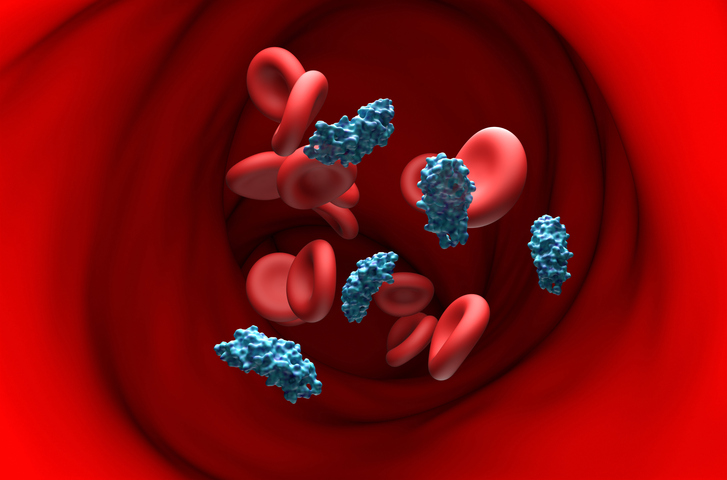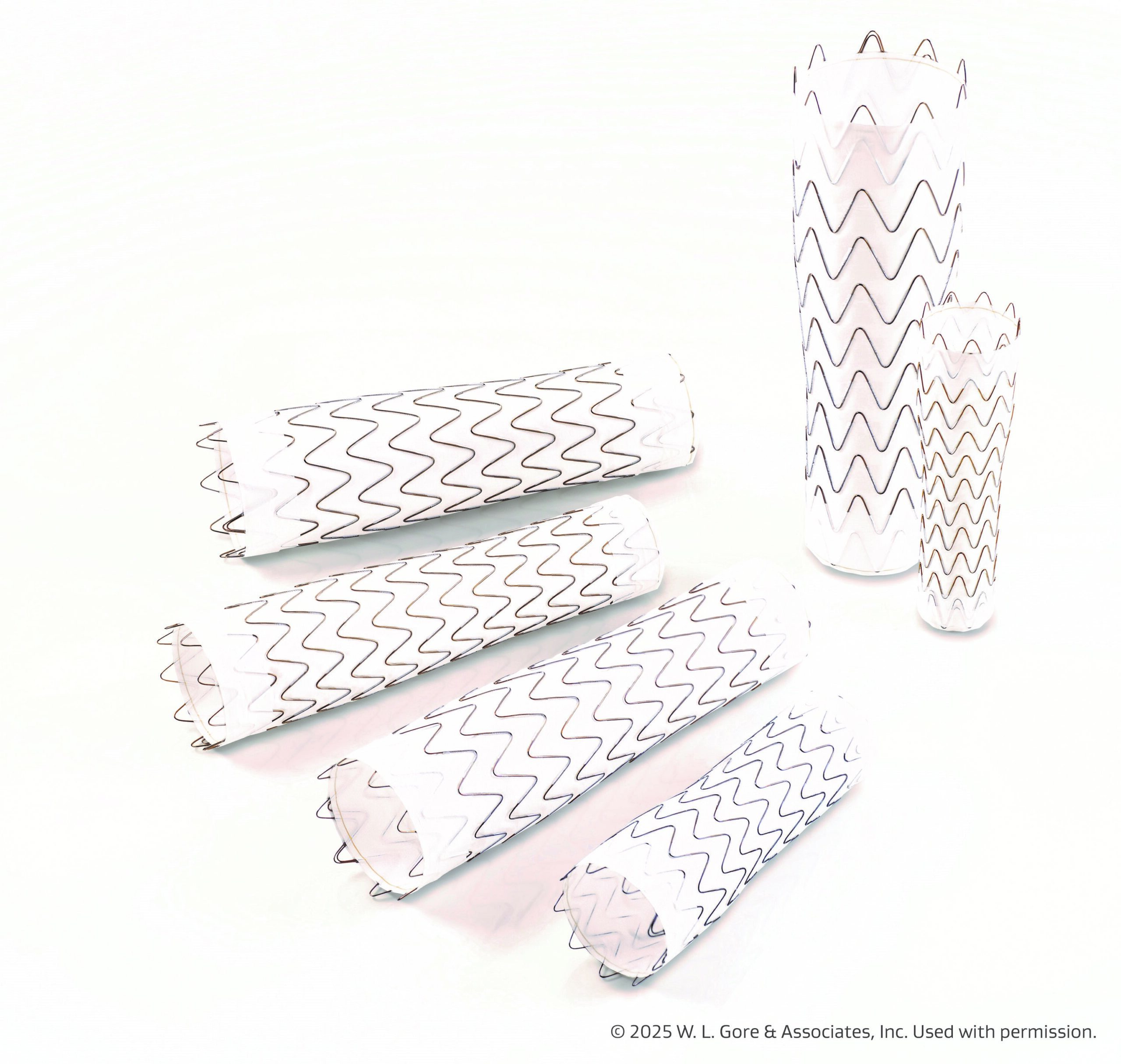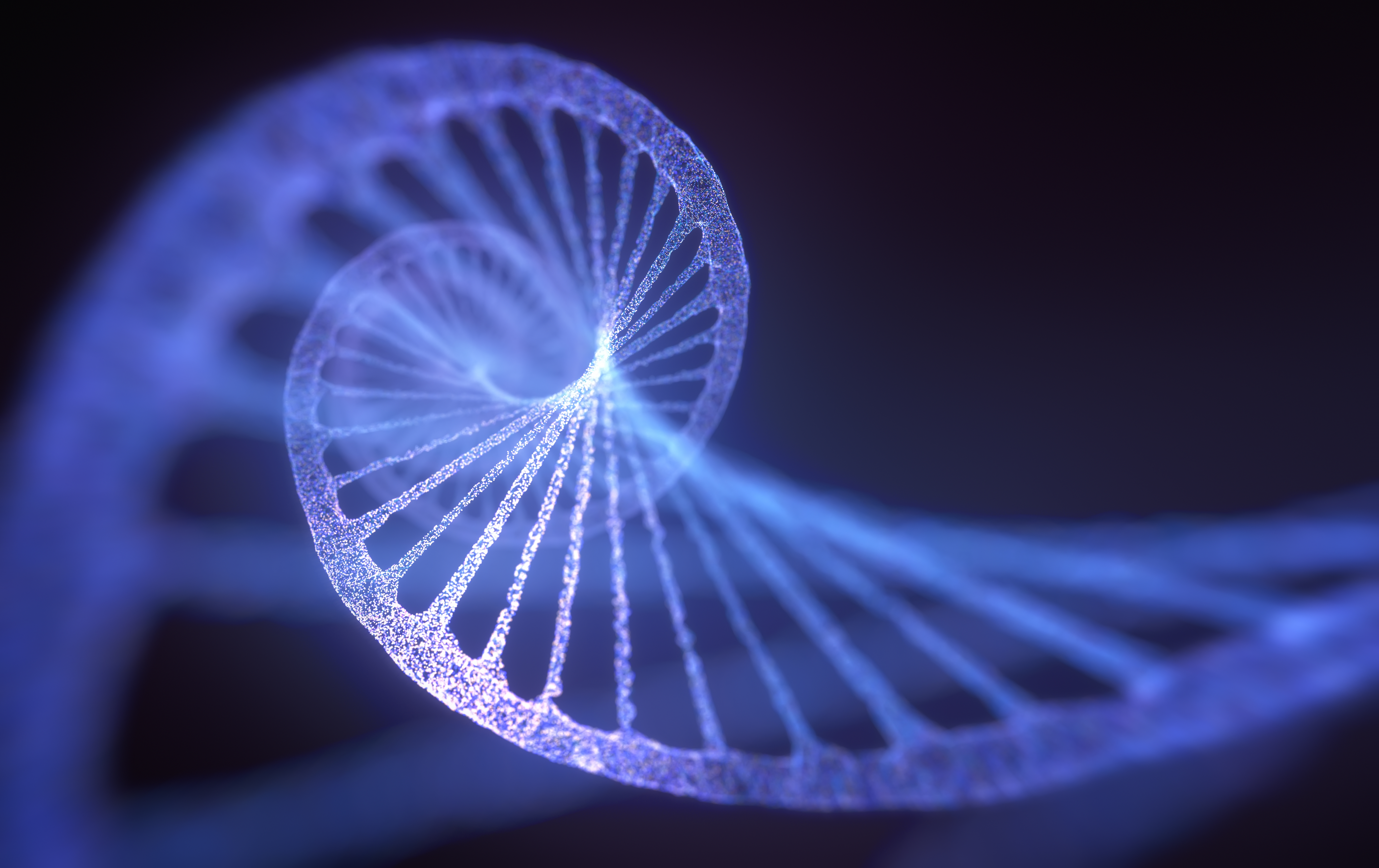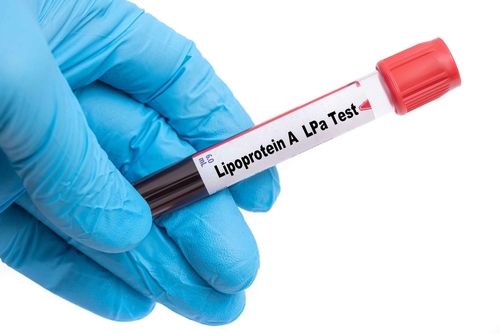
Researchers from the University of Missouri have discovered the structure of the protein apolipoprotein B100, which acts as an exoskeleton for low-density lipoprotein (LDL) particles, allowing them to travel through the bloodstream. Results were published in Nature.
The researchers used cryo-electron microscopy to determine the three-dimensional structure of biologic molecules. They also used the artificial intelligence encoded in programs such as AlphaFold to refine the resolution of the molecule images.
This structural discovery is a step toward the development of next-generation therapies to modulate LDL, such as monoclonal antibodies targeting LDL or specific LDL subclasses. These therapies could offer more precise treatments with potentially fewer side effects, advancing the prevention and treatment of atherosclerosis.
“This newly acquired knowledge will not only advance our understanding of LP [lipoprotein] synthesis and metabolism but also accelerate the design of potential next-generation LDL-modulating therapies,” the researchers noted.
Source







 © 2025 Mashup Media, LLC, a Formedics Property. All Rights Reserved.
© 2025 Mashup Media, LLC, a Formedics Property. All Rights Reserved.